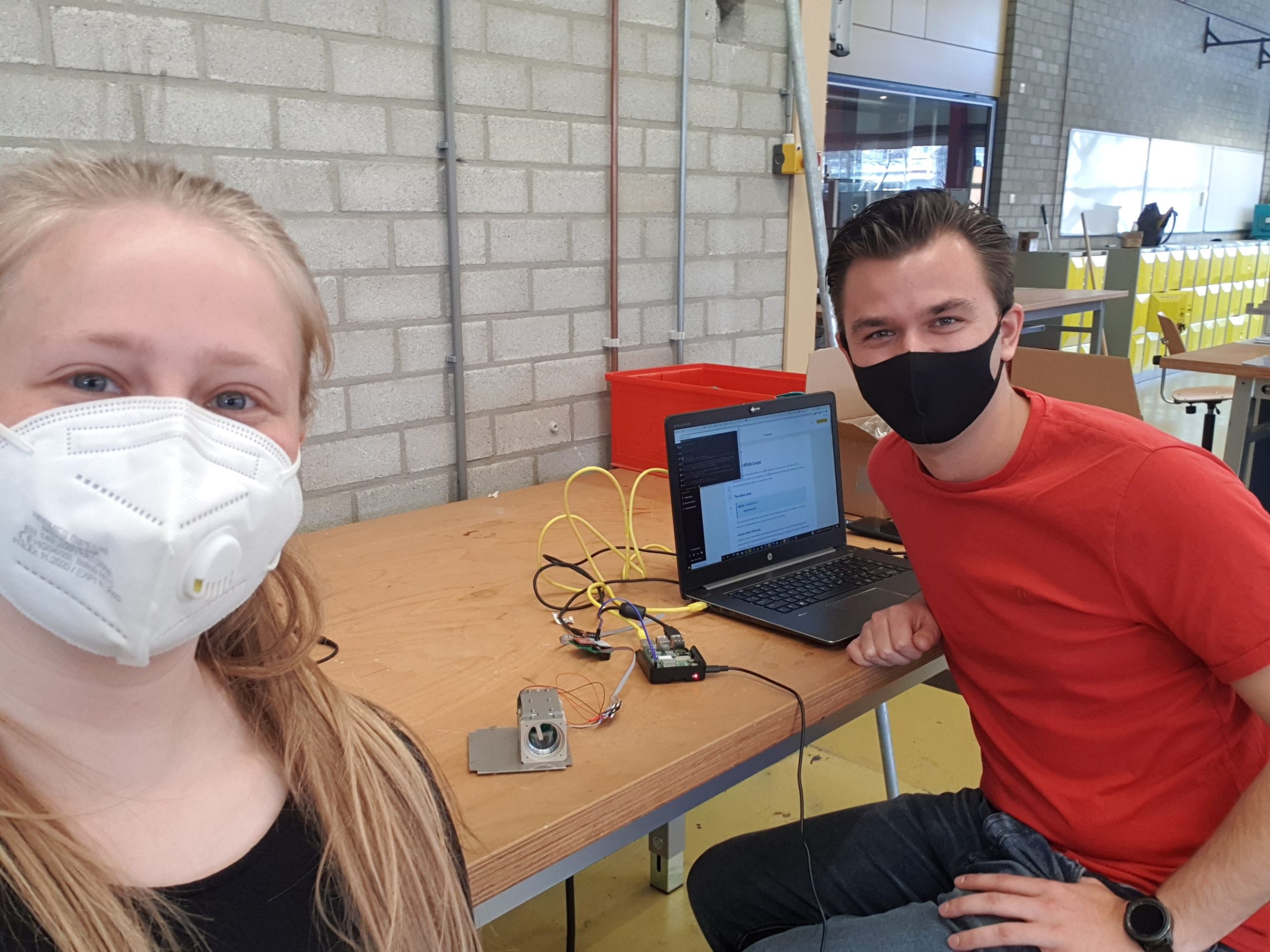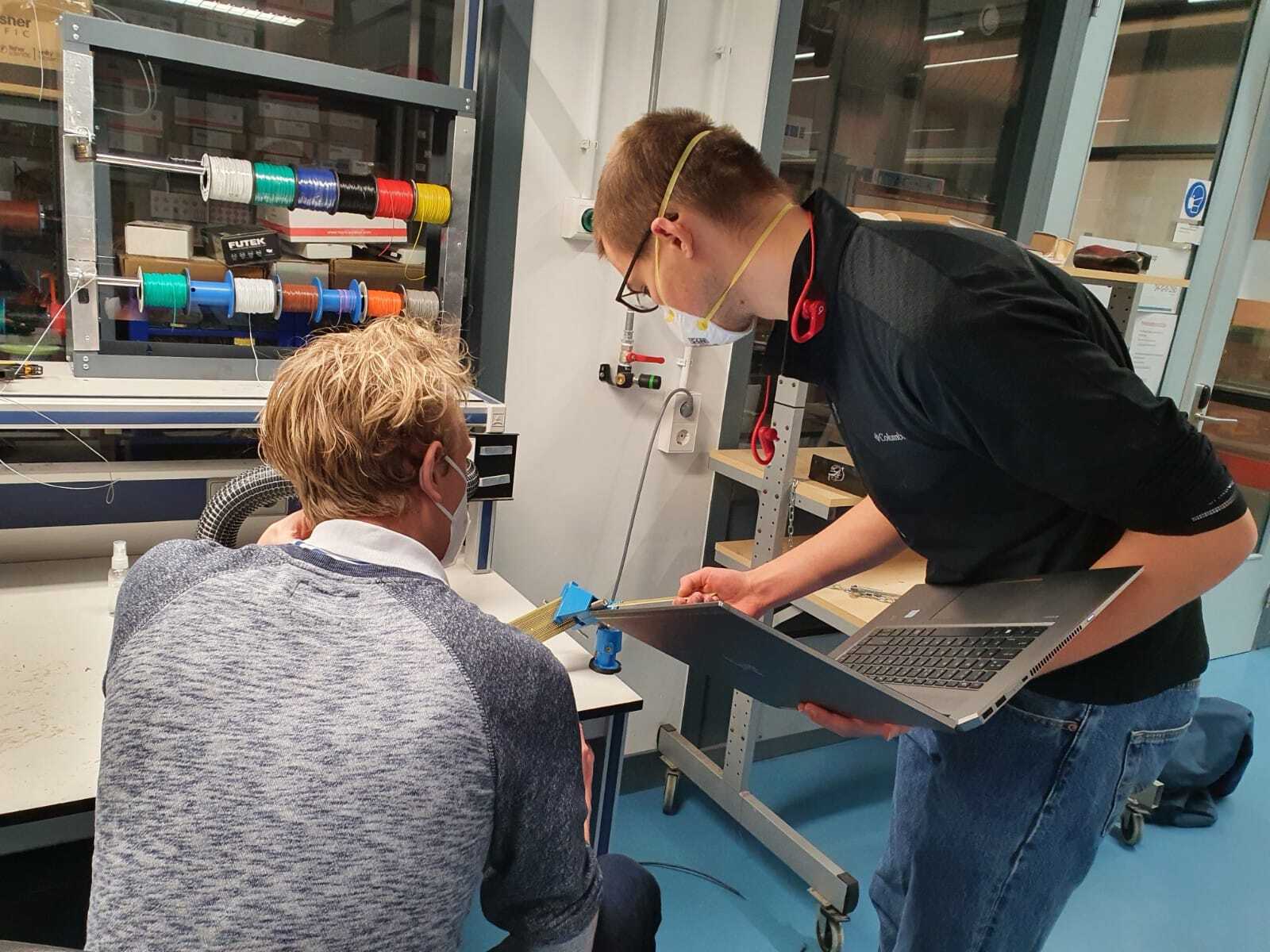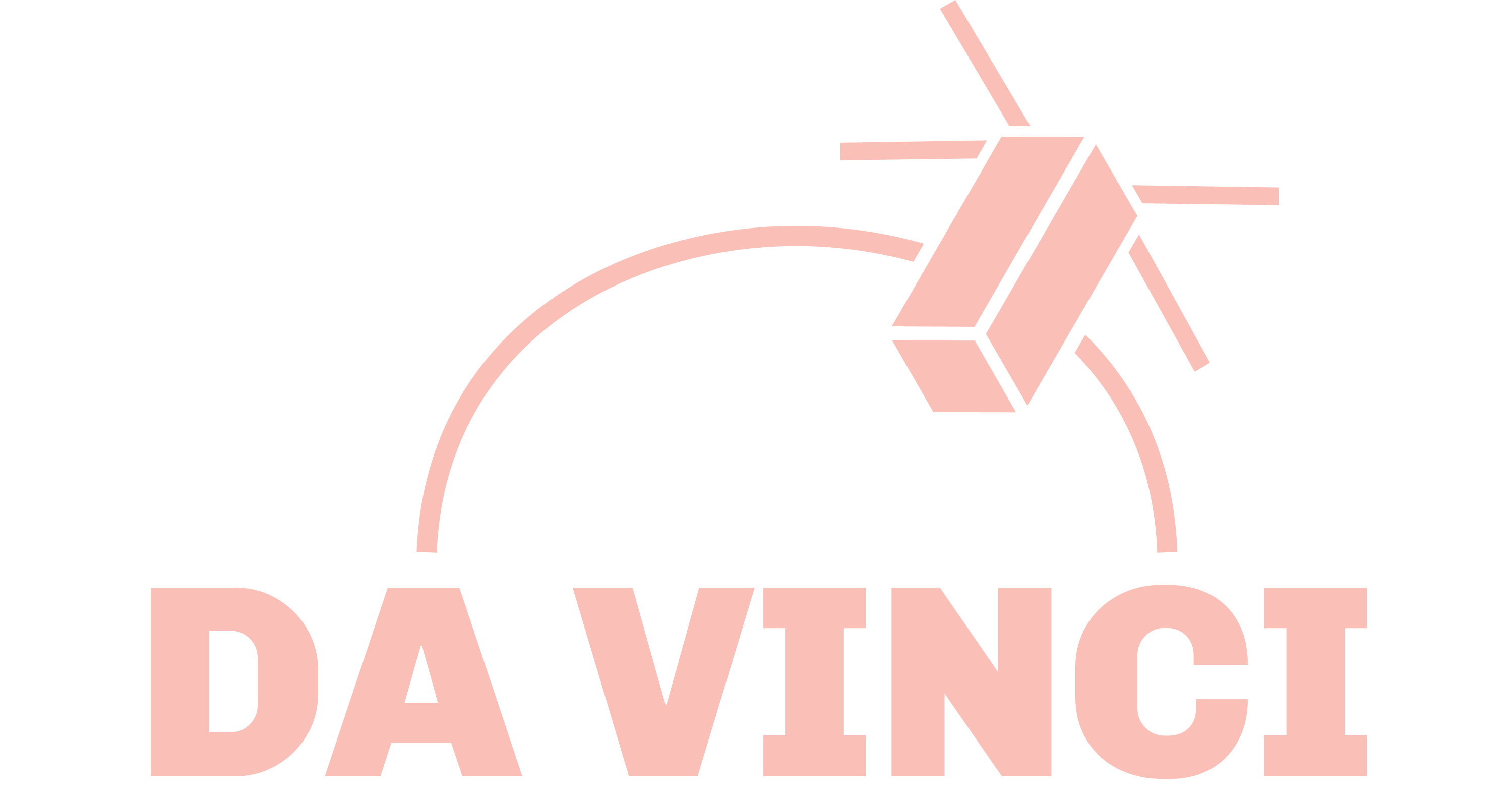By Kim Regnery (Payload Team)
The last couple of weeks have been very exciting for the Payload Team, after more than one and a half years of working on the theory and mainly looking at 3D models on the computer, we finally were able to start the assembly of our first payload.
We started the assembly procedure in the Aerospace faculty where we fitted all the separate parts of the Dice Payload. The payload has been developed at the Leidse Instrumentmakers School (LiS) and many of the parts were fabricated at the LiS facilities. During this fitting of the parts or ‘first assembly’ if you will, there were a couple of parts that needed to be tweaked such that they would fit or align perfectly once integrated. For this we went back to the LiS where their teachers helped us and swiftly altered the parts that needed adjustments.
Here we also tested the motors for the first time. In our Dice Payload we have a total of 4 motors to first clamp and then ‘throw’ the dice by giving them momentum. These motors are very small and custom made (…and also quite expensive) so we had to be extra careful during the testing and the overall assembly. After soldering the wires in place, they all worked and we were able to test them attached to the right gears. This was one of the highlights; getting to see the actual mechanics work and see how the ‘slider’ moves forward to clamp the dice.


We tested this all by hooking up the motors to an external power supply, but for the real payload we of course have PCB’s (printed circuit boards, one of those green electronic things ;)) that the motors and LED’s are attached to. These needed to be soldered first. Lunar Zebro, another space enthusiastic team in Delft, was so kind to let us use their equipment. In their workshop in the Science Center in Delft we were able to solder the PCB’s and hook up the ‘brains’ of our Dice Payload; the Arduino.
These were the final pieces of the puzzle, once all the parts were finished and in our possession the final assembly could begin. Due to the corona restrictions it has been hard to plan the assembly process at the TU Delft and acquire a clean environment with all tools available. Luckily the personnel of the LiS allowed us to work at the facility and assemble the payload there. Here we could use pretty much all tools that were available like soldering irons, fume hoods, power supplies and most importantly the experience from the teachers.


On multiple days we visited the LiS with two of the team members to test all the separate parts and the assembled payload extensively. The best moment was when we did the whole clamping cycle and for the first time we were actually able to see how the dice were first clamped and then moved. On earth this already looks really cool, but we are sure that in zero g this will be even more spectacular!
-The Payload Team
Ragnhild, Jelle, Matthijs, Dan and Kim
